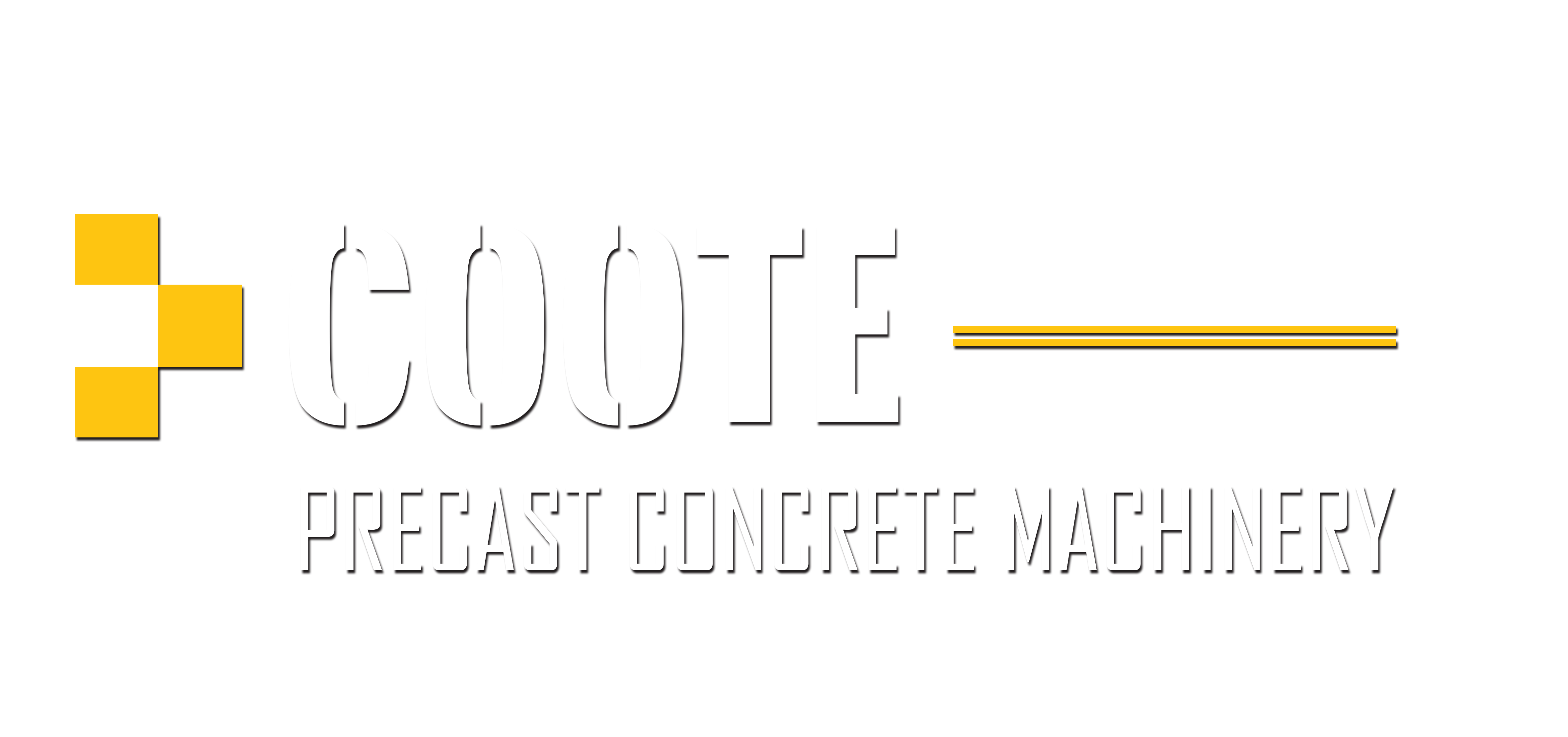If you are wondering what the difference is between and wet and dry cast concrete, then you are not alone. Concrete is a hard building material made of cement, sand, aggregate, and water in a precise ratio. Concrete takes different amounts of time to solidify to a strong, rocky consistency. It is the consistency that defines whether the mix is ‘wet’ cast or ‘dry’ cast.
Wet Cast
Wet cast is an easily flowing form of concrete with a high water to concrete ratio. In the precast business, wet cast concrete is frequently utilised. It is cast in forms, stripped, finished, and labelled before shipping. Larger, more intricate parts that require flow-ability in the concrete for the concrete to solidify around reinforcing and throughout the form are frequently cast wet. The maximum number of wet cast pours per day is two, and additional pours require specific mix formulations and additives.
Dry Cast
On the other hand, dry cast has a low water to cement ratio and no slump. You can pour numerous parts into one form without it deforming using this “Dry Process.” The concrete has been removed, looks like firm clay, and dries in an hour. Dry cast has potentially be extremely successful due to the fact it produces products such as box culverts, concrete pipe, manholes, and many others.
There are benefits to both forms of concrete, however they completely come down to the type of product you would like to make. some products require a smooth and attractive outer layer which is perfect for wet cast. And other products such as fence posts and curbs don’t require a smooth finish which can be therefor made with a dry cast mix.


 +44 (0)28 8556 8123
+44 (0)28 8556 8123
 office@coote.co.uk
office@coote.co.uk